They’re vanishing before we even get to know them.
Tiny frogs, slippery salamanders, creatures that once filled wetlands with croaks and splashes—some are fading like mist in morning sun.
Pollution. Drought. Disease. Bulldozers. The reasons pile up, but the result is the same: a silence creeping across America’s swamps, ponds, and marshes where life used to sing.
But not all hope is lost.
While some amphibians are fighting a losing battle, others are proving maddeningly tough. Clinging on. Rebounding. Outwitting everything we’ve thrown at them.
This is a story of two paths—disappearance and defiance.
Of ghost calls in the night, and of survivors with muddy feet.
Let’s meet the 8 amphibian species that need urgent help—
And 8 more that refuse to go down quietly.
California Red-Legged Frog
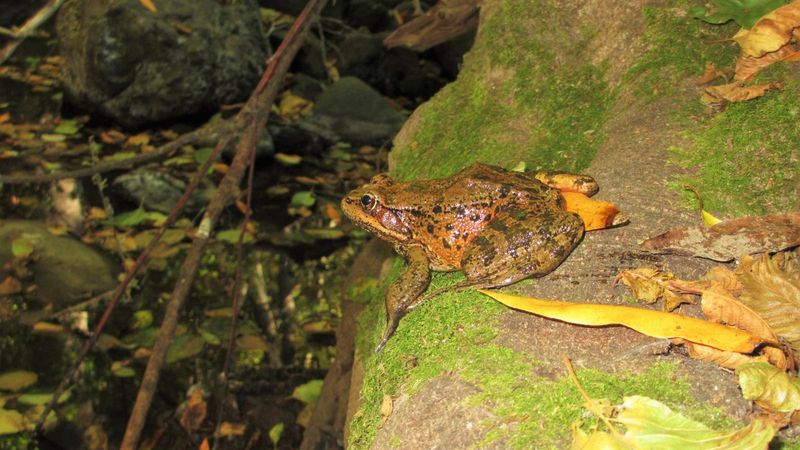
The California Red-Legged Frog, once abundant along the Pacific coast, now struggles to survive. Its call, reminiscent of a soft banjo strum, is becoming a rare sound as its habitat diminishes. Urban development and invasive species have pushed this frog to the brink.
Once a symbol of the vibrant ecosystem, this frog’s decline is a stark reminder of human impact. Conservation efforts are underway, but without immediate action, the California Red-Legged Frog may soon vanish from the marshes it once dominated.
Dusky Gopher Frog
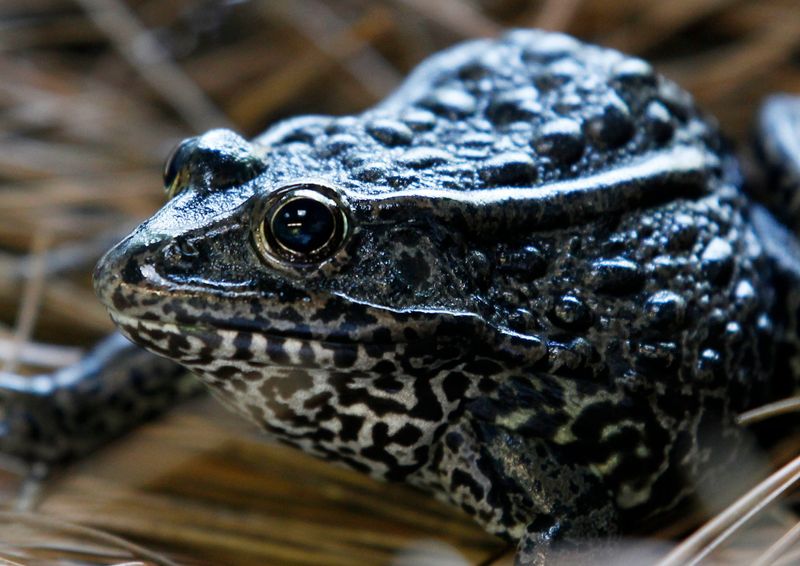
With bulging eyes and a robust body, the Dusky Gopher Frog is a peculiar sight. Endemic to the southern United States, this amphibian’s numbers have plummeted. Its survival hinges on ephemeral ponds, now disappearing due to land development.
The frog’s distinctive “snore-like” call, once a common sound, is now a rarity in its native Mississippi. Efforts to restore its habitat are crucial, but time is running out for this critically endangered species.
Mountain Yellow-Legged Frog
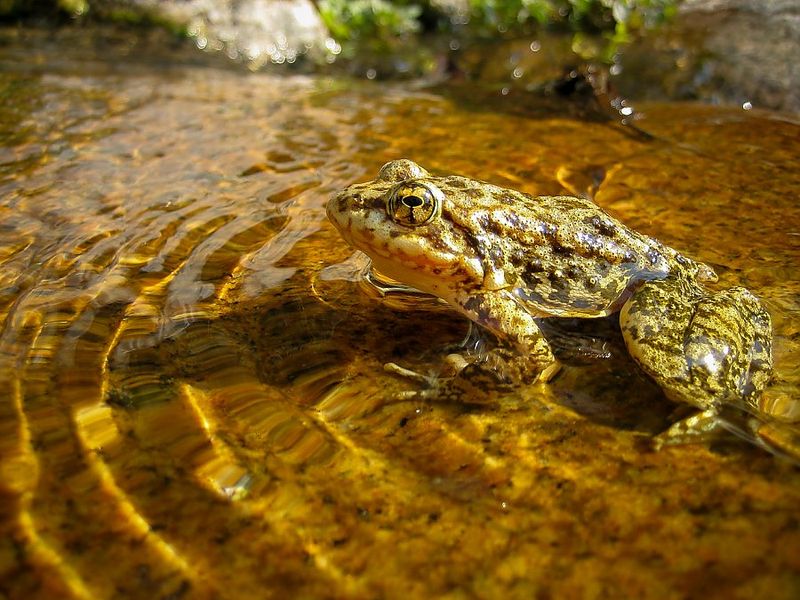
High in the Sierra Nevada, the Mountain Yellow-Legged Frog faces a grim battle. Once thriving in alpine lakes, this amphibian is now teetering on the edge. Chytrid fungus and invasive trout have decimated populations.
The frog’s unique adaptation to cold climates makes its struggle particularly poignant. Conservationists are racing against time to save this species, as its disappearance would echo through the ecosystem.
Houston Toad
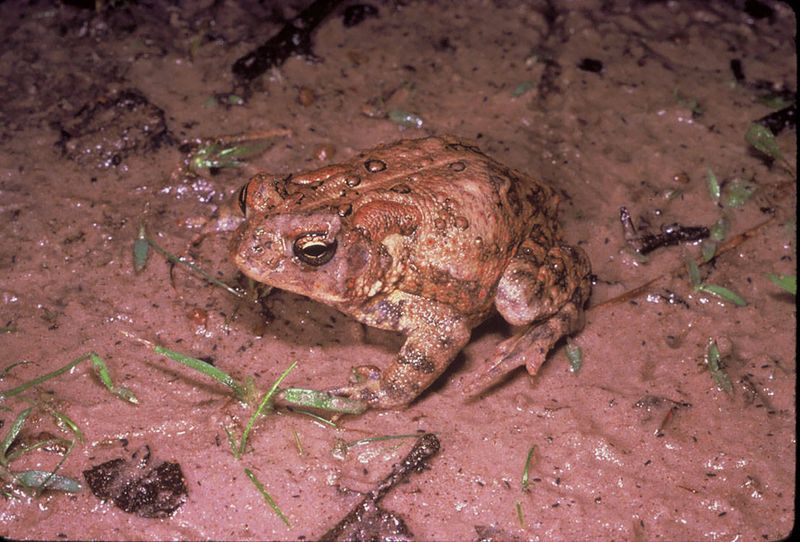
The Houston Toad, with its characteristic trill, once echoed across the Texan landscape. Now, this amphibian finds itself on the brink of extinction. Habitat loss, particularly due to urban expansion, has devastated its population.
Efforts to restore its habitat are ongoing, but the situation remains dire. The Houston Toad’s survival symbolizes the broader struggle of wetland species in the face of relentless human development.
Flatwoods Salamander
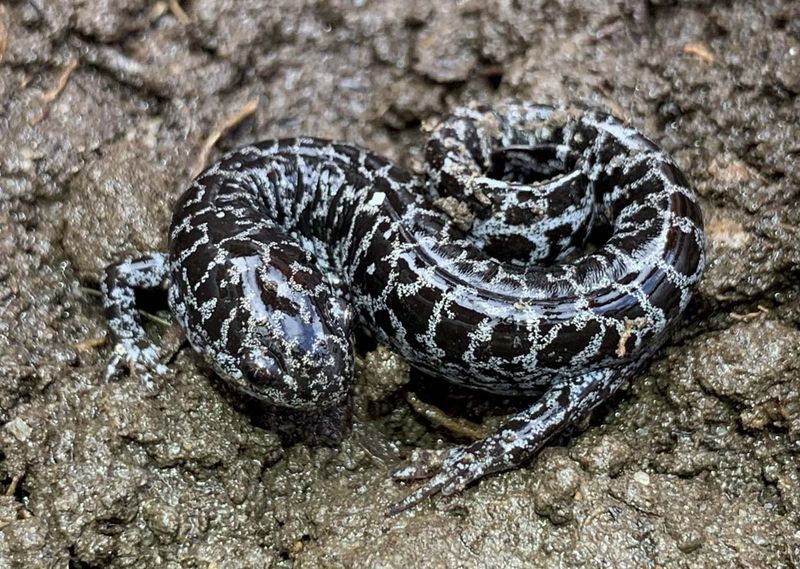
The Flatwoods Salamander, with its slender body and dark, intricate patterns, is a master of camouflage. However, this remarkable creature is losing its battle against habitat fragmentation. Once a common inhabitant of pine flatwoods, its numbers are dwindling.
Conservationists are working tirelessly to protect and restore its habitat, but challenges remain. The Flatwoods Salamander’s plight is a stark reminder of the fragile balance within ecosystems.
Yosemite Toad

Found only in the Sierra Nevada, the Yosemite Toad is facing a critical decline. This amphibian’s survival is threatened by climate change and habitat destruction. Its distinctive yellow and brown markings make it a unique sight in the dwindling alpine meadows.
Once an integral part of the ecosystem, its decline signals broader environmental issues. Conservation efforts are vital to prevent the loss of this iconic species.
Arroyo Toad

In the arid landscapes of California, the Arroyo Toad is fighting for survival. Its habitat, once lush with water, is now drying up due to human activity and climate change. This toad’s presence in these increasingly rare environments is crucial.
Conservationists are pushing for stronger protections and habitat restoration. Without these efforts, the Arroyo Toad may become another casualty of a changing world.
Boreal Toad
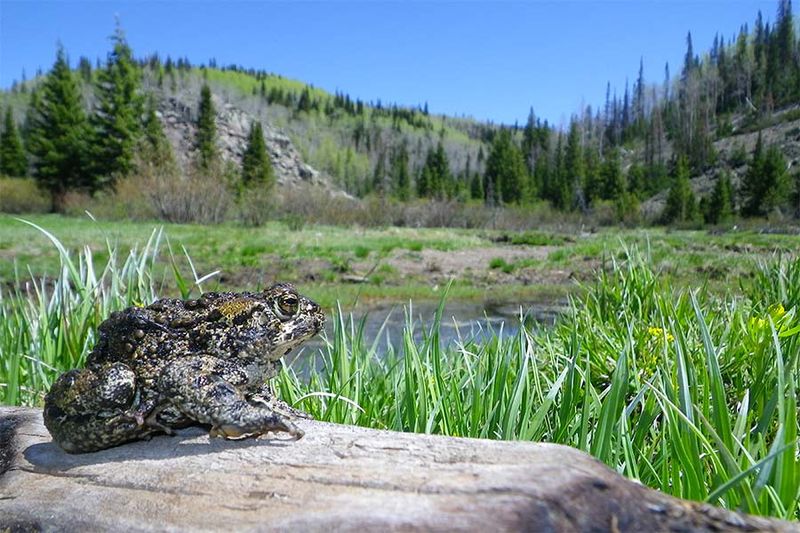
The Boreal Toad, with its speckled appearance, is a resilient survivor of the Rockies. However, even this tough species is in decline. Disease and habitat loss have significantly impacted its populations.
Despite these challenges, the Boreal Toad remains a symbol of hope for conservationists. Efforts to combat the diseases affecting it are ongoing, aiming to ensure this toad’s calls continue to echo through the mountains.
American Bullfrog

The American Bullfrog, with its powerful leap and deep, resonant call, thrives in diverse environments. Its adaptability has made it a prevalent species across North America, often outcompeting native frogs.
Though sometimes seen as an invasive species, the bullfrog’s resilience is undeniable. Its ability to thrive in various habitats highlights the dynamic nature of amphibians. Conservationists observe its impact closely to maintain ecological balance.
Green Tree Frog

With its bright green hue and vibrant presence, the Green Tree Frog is a familiar sight across the southeastern United States. Its ability to adapt to suburban environments has helped it thrive, even as other species struggle.
Known for its loud, distinctive call, this frog is a crucial part of the ecosystem. Its resilience makes it a beacon of hope in the conservation world, showcasing the adaptability of certain amphibians.
Wood Frog
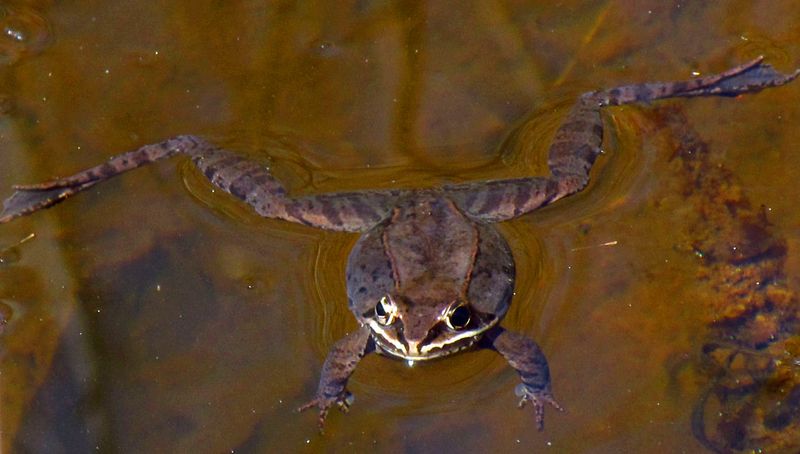
The Wood Frog, known for its unique freeze tolerance, thrives in the northern forests. This remarkable amphibian can survive being frozen solid, a trait that has captured the interest of scientists.
Its adaptability to harsh climates ensures its continued presence in its native habitats, offering insights into resilience and survival. The Wood Frog’s story is one of nature’s incredible adaptations and the surprises within the amphibian world.
Northern Leopard Frog
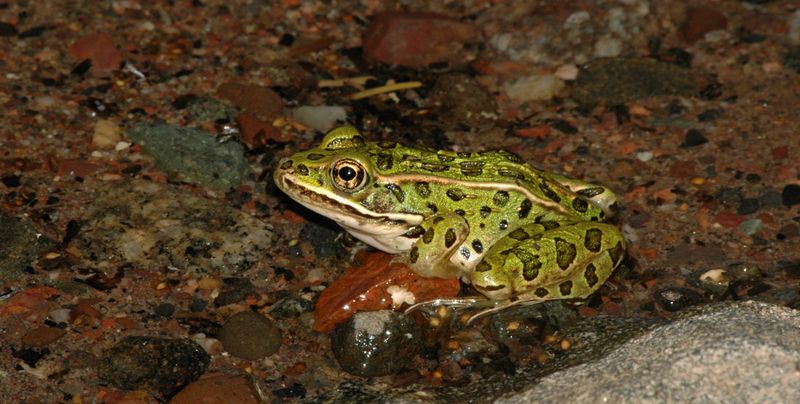
The Northern Leopard Frog, with its striking spotted pattern, is a resilient species across the northern United States. This frog’s adaptability to various environments has allowed it to flourish despite environmental challenges.
Its presence is a positive sign in many habitats, providing opportunities to study successful species. The Northern Leopard Frog stands as a testament to the resilience of nature when conditions are favorable.
Spring Peeper
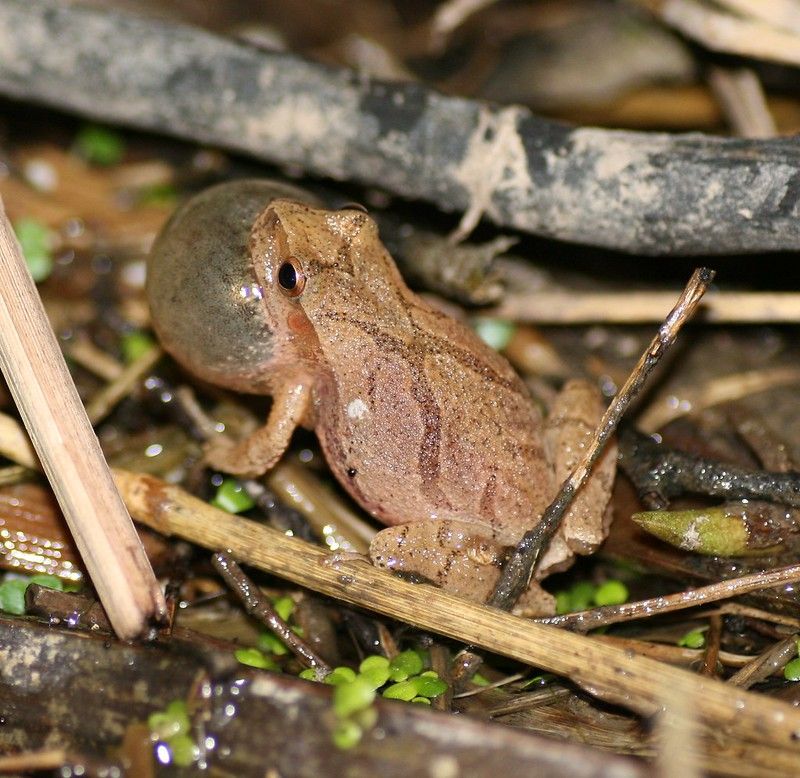
The Spring Peeper, with its iconic high-pitched call, signals the arrival of spring. This small tree frog is found in eastern North America, thriving in a variety of habitats.
Its adaptability to changing environments makes it a symbol of hope for conservation efforts. The Spring Peeper’s presence in forests and wetlands showcases nature’s ability to adapt and endure.
American Toad
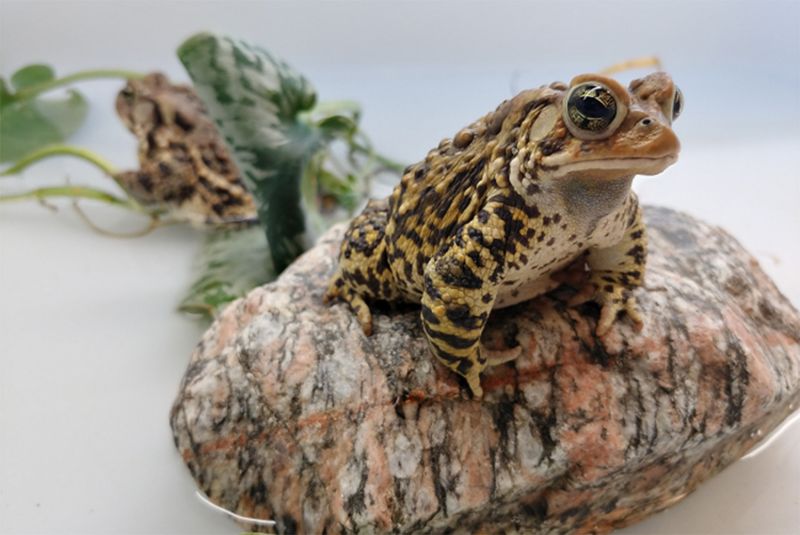
The American Toad, with its warty skin and melodic trill, is a resilient inhabitant of gardens and forests. Its adaptability to human-modified environments has helped it maintain stable populations.
This toad’s presence is a comforting sign of nature’s ability to coexist with human landscapes. Conservationists view it as a model species for successful adaptation.
Pickerel Frog
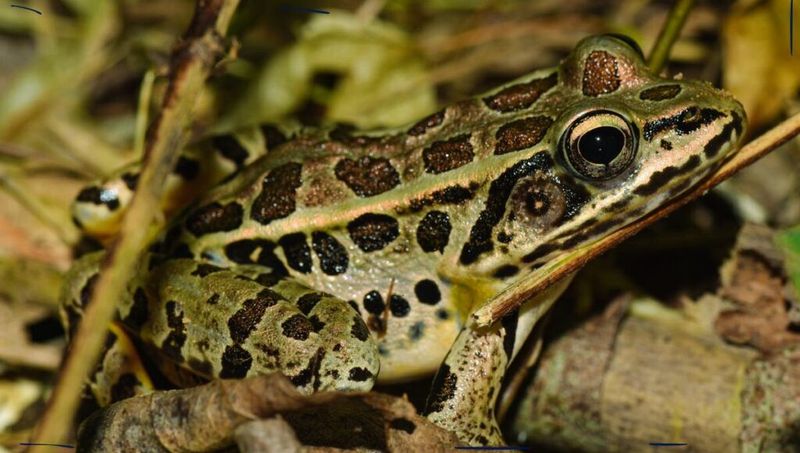
The Pickerel Frog, known for its distinctive, rectangular spots, thrives in clean, flowing waters. Its preference for pristine environments reflects broader ecological health.
This frog’s ability to survive in both natural and semi-urban areas highlights its adaptability. Its presence is a positive indicator of environmental quality, offering hope for future conservation efforts.
Gray Tree Frog

The Gray Tree Frog, with its chameleon-like ability to change color, thrives in varied environments. This adaptability allows it to inhabit both forests and suburban areas.
Its presence is a testament to the resilience of certain amphibians. The Gray Tree Frog’s ability to blend into its surroundings symbolizes nature’s wonder and the surprises it holds.

